Description
Hopi katsina figures, also known as kachina dolls, are figures carved, typically from cottonwood root, by the Hopi people to teach and instruct their people about katsinas or katsinam, the immortal beings or spirits that bring rain and fertility to crops, cure diseases, punish transgressions and control other aspects of the natural world and society, acting as messengers between humans and the spirit world.
The Hopi were the original Katsina Doll carvers, using a single piece of cottonwood root. The Navajo have often borrowed from many tribes and began carving their own style of kachina dolls, adding leather, feather, beads, and turquoise. These kachina dolls can be made from other sources of wood and are not intensely carved from one piece of wood such as the Hopi method. They can be several pieces of wood glued or pinned together. Therefore they can be made much more quickly and are usually are less expensive than an original Hopi Katsina.
The Hopi tribes are the original Katsina carvers but the Navajo Kachina creativity and use of leather, feather, beads, and turquoise make for some beautiful art pieces as well and have a following of their own. Navajo Kachina dolls may not have the same tribal significance as the original Hopi Kachina dolls.
The Navajo Mudhead Kachina, also known as Kótsįįdzilí, is a significant figure in Navajo (Diné) culture and religious ceremonies. Kachinas are spiritual beings or deities that play important roles in Pueblo and Native American cultures, including the Navajo.
In the Navajo tradition, the Mudhead Kachina is one of the most prominent and recognizable figures. The Mudhead Kachina is characterized by its distinct appearance, including a mask with a round, exaggerated face and a head covered in mud or clay. The mask often features large, round eyes, a snub nose, and a mouth with pursed lips.
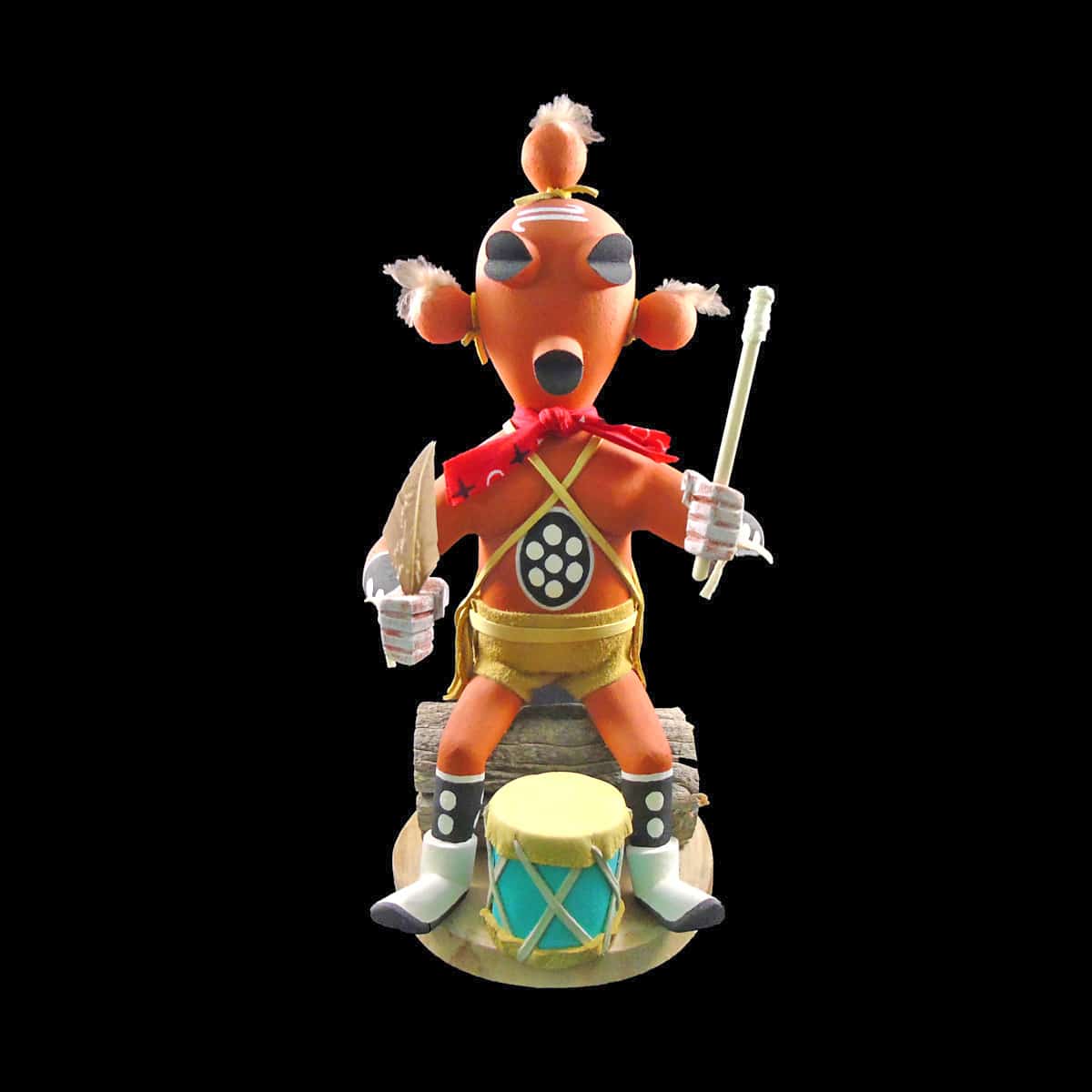
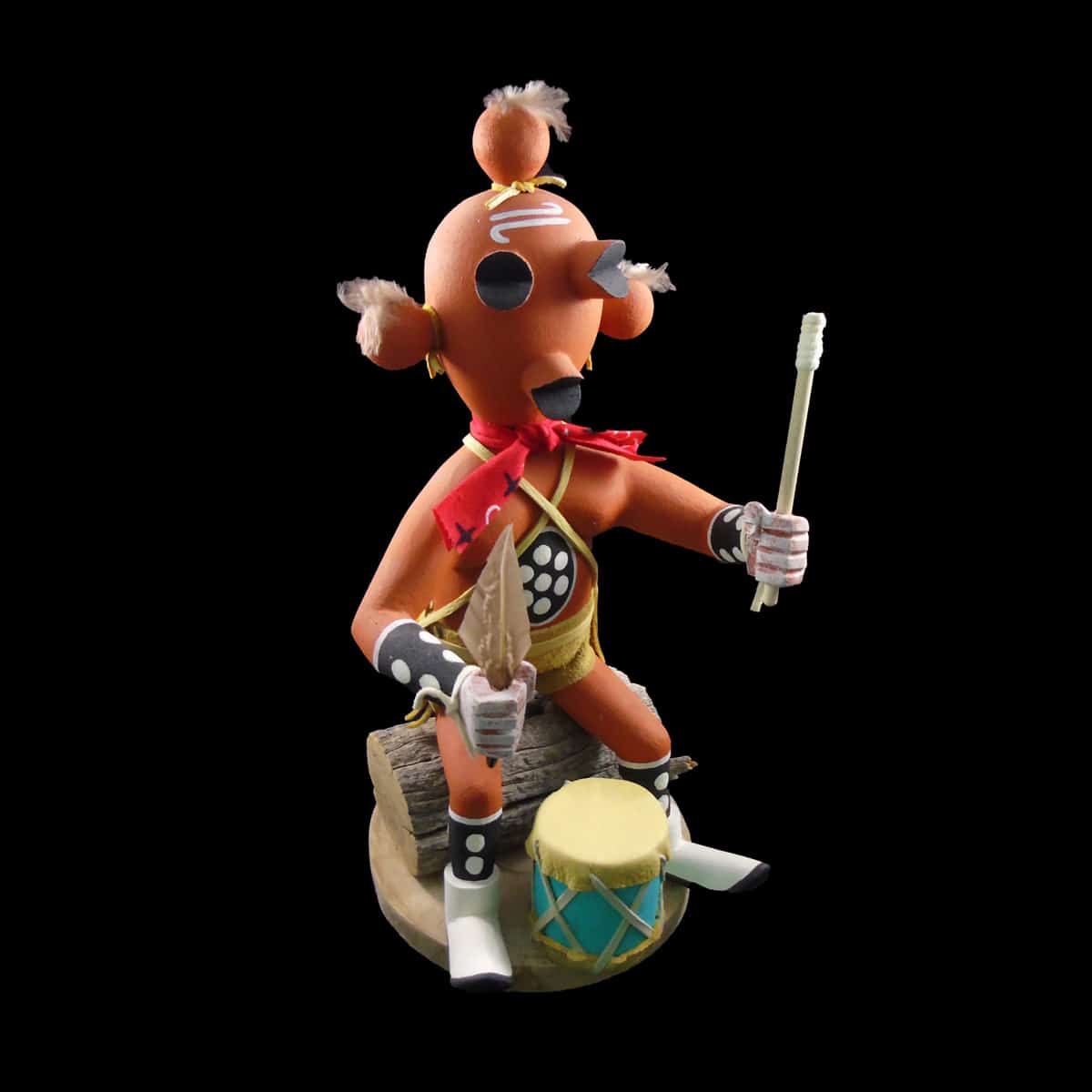
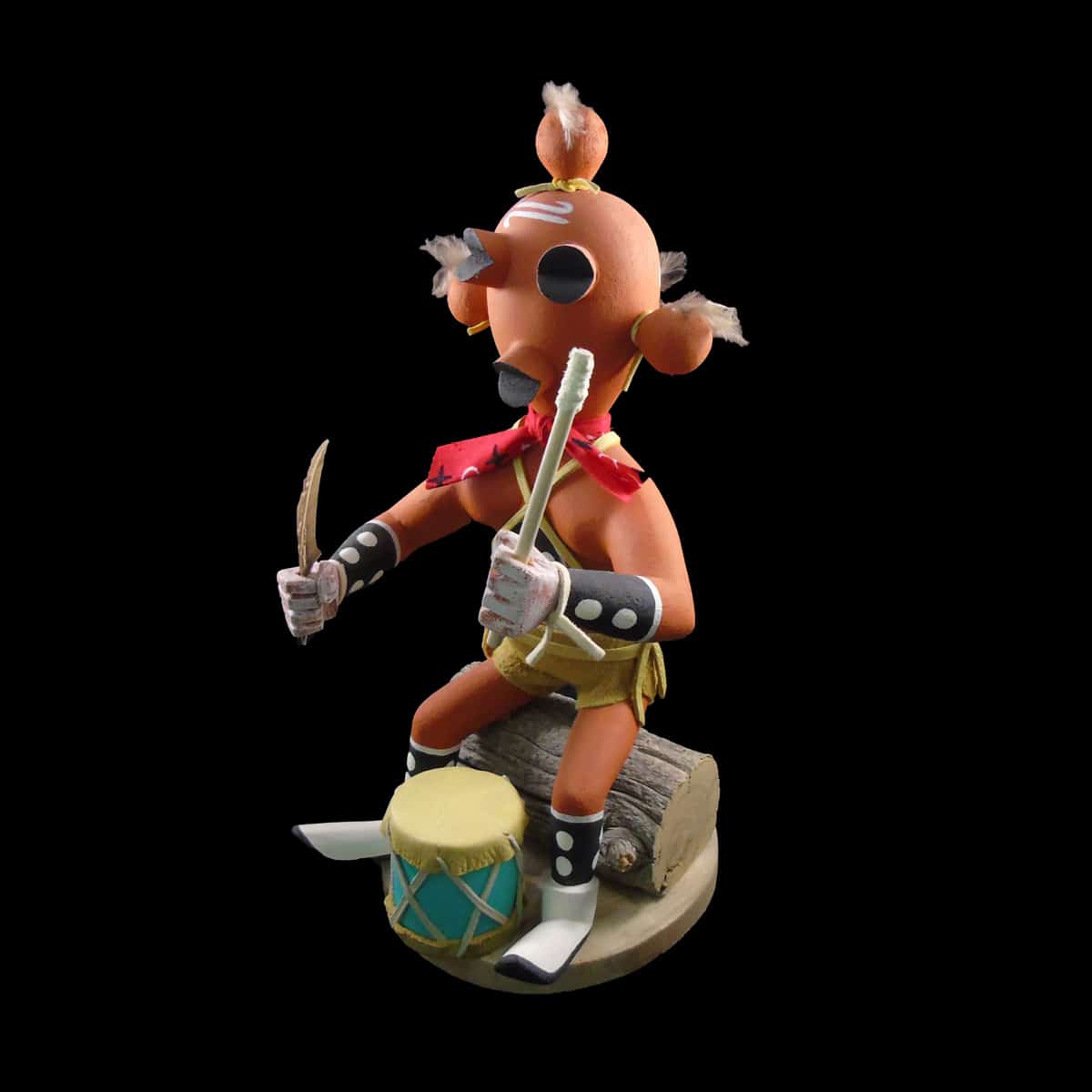
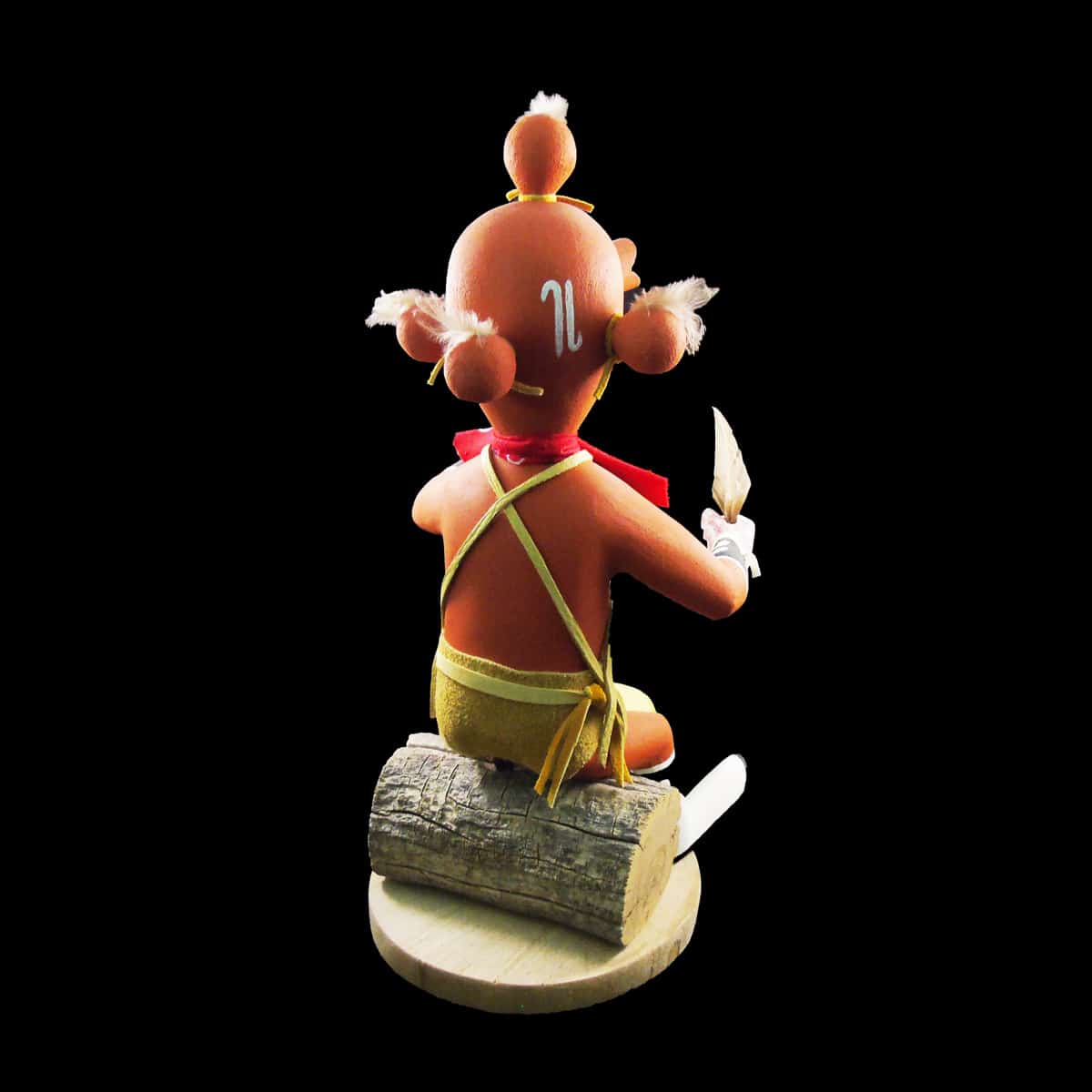
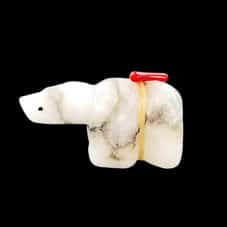
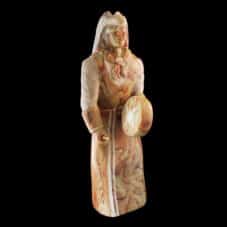
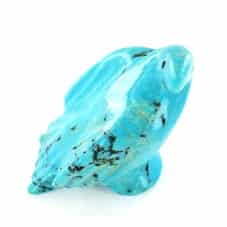
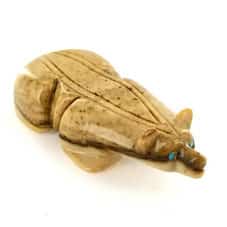
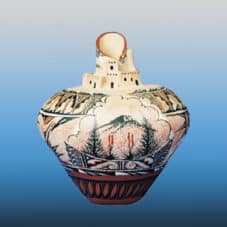
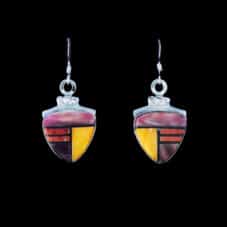
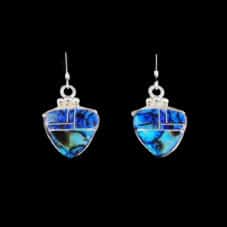





Reviews
There are no reviews yet.